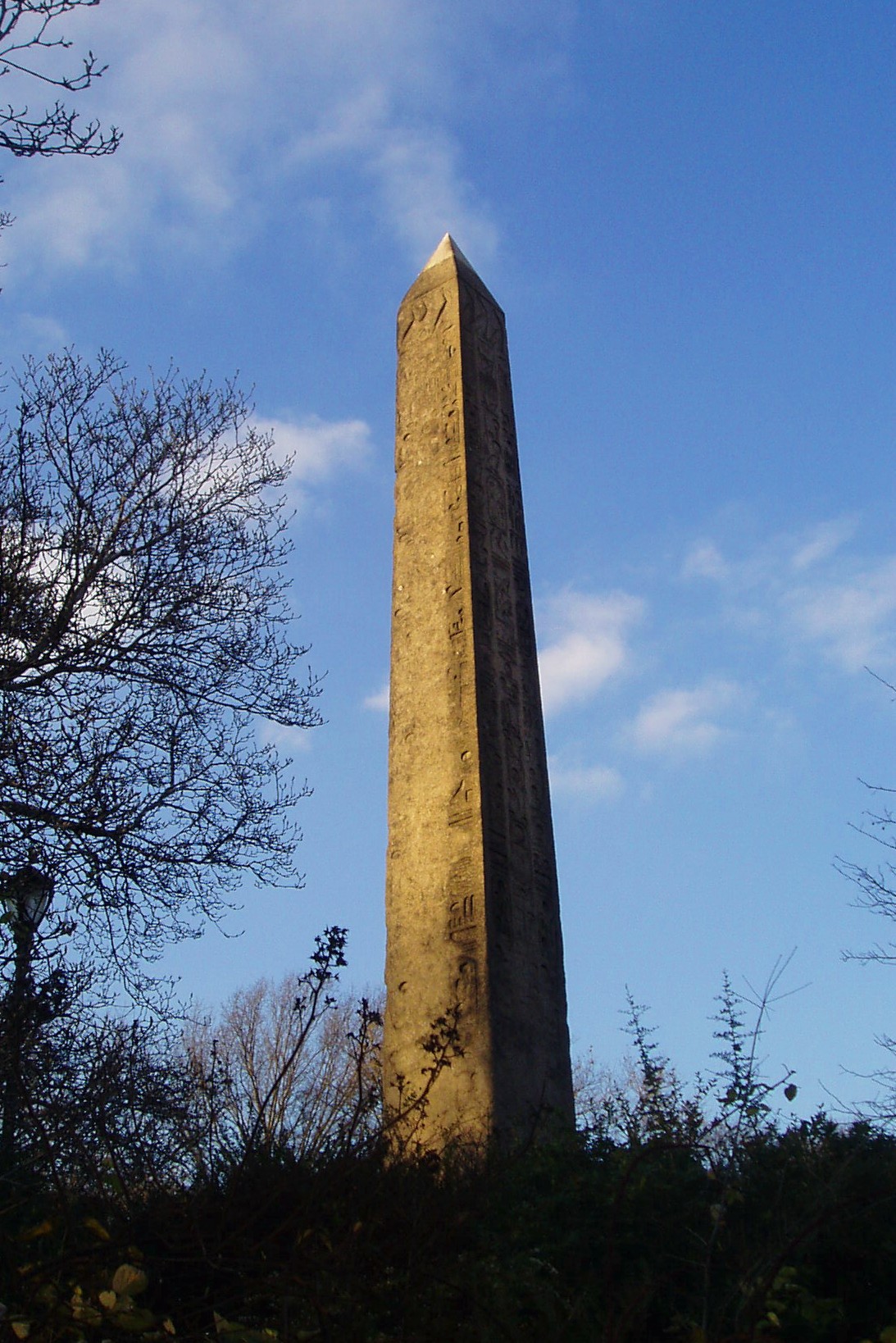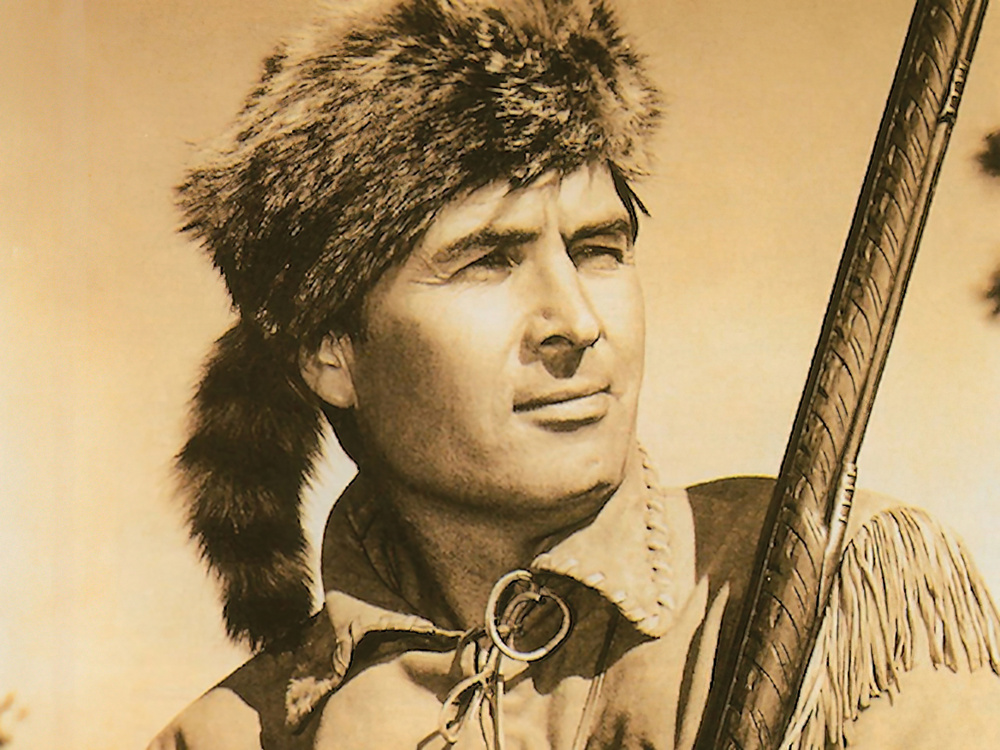
If you have not yet read The Golem and the Jinni, stop! Right now! Go back. Read that, then we can talk about the sequel. Read it already? Great. Not yet? Ok, I’ll wait, but not for a thousand years, like some.
You’re back? Cool. Great book, right? So Chava, the golem of book #1 and Ahmad, the jinni of that tale, are a bit older, and a bit wiser. They are also a bit more rounded as characters. We’ll get to them in a bit.
The story begins with an extremely devout rabbi, Lev Altschul (very old school) on the Lower East Side (not the guy from the earlier book) He has come across some ancient texts, books with arcane knowledge. He is not the greatest parent in the world, a widower, much more devoted to his studies than his daughter, Kreindel. She is taken care of by, essentially, a committee of congregation members. But she loves her pop and wants to learn, wants to study. Of course, girls were not welcome to imbibe the texts that Jewish boys were encouraged to learn. She spies on lessons and picks up what she can. As it happens there is a pogrom underway in one of the usual places in Eastern Europe. The rabbi, with the help of those old books, can now do something about it. He determines to send to a rabbi in Lithuania a weapon that can be used to defend oppressed Jews there. He works day and night to construct a golem for them. It does seem that Wecker’s golems always run into transit issues. Instead of heading across the Atlantic, as planned, this one, Yossele, remains in New York, due to an untimely building fire. He awaits only wakening.

Helene Wecker – image from Fantasy Book Cafe
Speaking of golems, Chava is trying her best to be as human as possible, given her natural limitations.
Q: When you thought about writing a golem character, did you think about other legends and myths about people being created out of inanimate matter? Adam from earth? The famous Golem of Prague, the greek myth of Prometheus, or Pygmalion? Frankenstein’s monster? Or even the idea of creating a modern robot? Did you want to write from those traditions or come up with something completely different?
A: I certainly wrote the Golem’s character with those legends and stories in mind. In fact, in early drafts she was much closer to something like the Golem of Prague. She had less emotion, and less insight into the emotions of others. But it became clear that that wouldn’t do for a main character. So I made her more empathic, more “human” in that sense, and I think that brought her closer to the androids and cyborgs of modern science fiction, like the replicants of Blade Runner and Star Trek’s Lt. Commander Data. But I think all these stories have the same sources at heart, and the same central question, of what happens when we create life that approaches human but isn’t quite. – from LitLovers interview re Book One
Despite being a magical clay being conjured by a spell, Chava still feels the compulsion to help others. And being telepathic allows her to have a pretty good idea of what folks feel, and need. Shutting out the onslaught of telepathic noise remains a challenge, but a much reduced one, as she has learned how to block a lot of it out, and she tries to stay away from overcrowded places. Concerned about people noticing her agelessness, after so long a time at the bakery, where she has been working since she arrived, Chava decides it is wise to move on. After completing a course of study at Teacher’s College, she finds an excellent gig at a Jewish orphanage in Manhattan, teaching cooking.

Lt Commander Data of Star Trek NG – image from Wikipedia
Speaking of hot things, in Book One, Ahmad was mostly an elemental character, all fire and immediate gratification. Book Two shows a bad boy who can still bring the heat, but who has gained considerably more awareness, of himself, and of the world around him. He has grown a sense of decency, personal responsibility, and a need for purpose. He remains in business with Arbeely, the man who had released him from his thousand-year imprisonment in a flask. He molds iron with his bare hands. Business is good, booming even, so they expand to grander quarters, where Ahmad’s smoldering creative ambitions ignite to full blast.
Sleepless in Manhattan, Chava and Ahmad walk the streets and rooftops in the wee hours. They are best friends, committed to exclusivity with each other re the benefits of their connection. The young man enamored of Chava in Book One, her husband, is no more, killed off in that earlier tale. She is rightfully concerned about the downsides of having a husband or bf made of flesh and blood, and who might not live, ya know, forever, not to mention the risk of him discovering what she really is. Ahmad has sworn off humans, after the damage he did to Sophia Winston in the first book.
And, speaking of damaged heiresses, Sophia has been promoted to a top-tier character. She struggles to cope with the affliction that resulted from her getting jiggi with a jinni. I guess you could call it an STD, but not the usual sort. (Even had penicillin been invented, it would not have done the trick.) She cannot get warm. Sophia is convinced that only place where there is any hope of succor is the Middle East. She travels to many ancient sites, in a constant search for local experts in pharmacology able to concoct potions that alleviate her perpetual chill. (I suppose one might see in Sophia’s inability to douse her inner flames a symbol of her carrying the torch for someone. I wouldn’t. But some might.)

Cleopatra’s Needle, was transported from Egypt and installed in Central Park in 1881 – image from Wikipedia
In case there were not enough magical beings wandering about, Wecker balances the scales, tipped by the weighty presence of Yossele, by adding one more. As it happens, Sophia encounters in her travels yet another fire being, a jinniyeh, Dima. It appears that the iron-bound jinni (Ahmad) is a character of legend in the jinni world. This female jinni has something special about her too, (I mean, aside from being a jinni, and going about her business unimpeded by attire) and is hoping to meet up with the only other jinni she has heard of who is also an outsider in their particular circle. She stands in contrast to Ahmad, presenting as the self-centered ball of fire he used to be.
Everybody wants something. Chava wants to be human; Ahmad wants a purpose; Sophia wants a cure; the jinniyeh wants a compatriot, maybe a partner. And in case that is not enough, Yossele wants to protect his master. Kreindel wants to study Hebrew and learn all that her father had learned. More? Remember Anna, a former workmate of Chava’s at the bakery? Chava had seriously put an end to Anna’s husband whaling on her, and subsequently helped Anna and her son, Toby. Anna is terrified of Chava and wants her to stay away. In this book, Toby is a fifteen-year-old Western Union messenger, who wants to know who his father is, and who that creep in his recurring dreams might be, and what the deal is with Chava and that Arab guy.

Replicants from Blade Runner – image from NME
Wecker has seriously kicked up her game for this novel. There was plenty going in in the first book in terms of discussions about serious questions of religion and morality. That is no less the case in this one, with the exception that these characters are better drawn, more complex, and more interesting. They struggle with ethical dilemmas, and are challenged to make difficult decisions. There are some lovely interactions among them that will make you smile, maybe even recognize similar tete-a-tetes from your own experience.

Pennsylvania Station – image from Traditional Building
This is not a ha ha funny book, but there are some elements of humor here and there. In a way it is a running joke that Ahmad, while working on a large construction, has continual problems keep the over-sized glass panels he has designed from smashing. Given that the primary ingredient in glass is sand, it seems fair to ask if Ahmad might be trying to build a literal sand-castle.
Washington Square Park – circa 1907 – image from NY Public Library
Speaking of palaces, not all are hidden. The newly opened Pennsylvania Station, a glorious structure, is seen as a kind of palatial caravansery, a roadside inn for travelers from all over, where information was exchanged and commerce was conducted. It is a favorite spot for Ahmad on his urban peregrinations. He does not tell Chava about it, however, which makes Penn Station a bit of a hidden palace for him. Enough, certainly to merit being shown on the cover of the book. The ancient city of Palmyra, which we visit in Sophia’s wanderings, had once been a center of trade, and had a caravansary, but was mostly a ruin at the time of her visit. Palatial buildings are not the only old-world structures that echo in early 20th century Manhattan. The famous arch in Washington Square Park, erected in 1895, which was featured on the cover of The Golem and the Jinni, is reminiscent of the famous arch of Palmyra. The Greenwich Village arch is encountered again in Book Two. Cleopatra’s Needle, a two-hundred-ton obelisk, originally built in Egypt in the 15th century, was transported to Central Park in 1881. Sophia’s father visits it often.

The arch in Palmyra – image from Wikipedia
There are many historical touchstones, as the book begins in 1900 and ends with the approach of World War I. Wecker notes the completion of the Williamsburg Bridge in 1903, the Triangle Shirtwaist Fire of 1911, the 911 of its time, with mass casualties, and people jumping from the top three floors of the ten-story Asch building to keep from being burned alive. We hear news of the start of World War I in Europe, come across the sinking of the Lusitania in 1915 and see the Arab community in lower Manhattan’s Little Syria neighborhood beginning its move to Atlantic Avenue in Brooklyn.
We also see some of the anachronistic social and legal norms of the time. Kreindel is not allowed to study what Yeshiva boys can. Chava is not allowed to own property. Women walking alone at night are considered suspect. So the women in Wecker’s stories have to be extra strong.
I don’t think I set out to deliberately showcase strong women, but I did consciously work to give every female character her due. I was very aware that I couldn’t be lazy about the women in my book, that the Victorian setting and the “fairytale” aspects might pull me toward more stereotypically weak or flat female characters if I wasn’t careful. At the same time, I couldn’t be anachronistic; I had to be true to the constraints that women lived with in that era. In the end, I became very interested in how they lived with those constraints, how they either chafed against them or found a (perhaps uneasy) peace and a certain amount of self-expression despite them. – from the Fantasy Literature interview in 2013
Secrecy is a theme that permeates. Chava thinks Ahmad would prefer having a jinniyeh to her, but cannot bring herself to ask him. He is hiding from her what he has learned about a huge sacrifice Arbeely had made for him. Kreindel lies about her age, and is hiding the fact that there is a golem under her control in Manhattan. (For my money, Kreindel is the most intriguing character in the novel, a child with limited tools forced to cope with life and death decisions, in an often hostile environment. She generates both admiration for her tough-as-nails exterior and empathy for her suffering.) Sophia is hiding her need for a special potion. Dima hides from her kind what her special characteristic is. In addition to hiding from humans what she actually is, Chava keeps Riverside Park and the streets she walks by day secret from Ahmad, as he keeps Penn Station secret from her. Ahmad is working on a huge project in his building that he will not let anyone see. I suppose one might see each of these characters as their own walking, talking hidden palaces.

The Williamsburg Bridge under construction circa 1900-1906 – image from the Library of Congress via Untappedcities.com
The whole Golem/Jinni duology (so far) might have gone in a very different direction. Wecker talks about how it all got started in a lovely interview with the blogger Lady Grey, who has, in fact, been a friend of Wecker’s since childhood. It was during her MFA program that Wecker ran into a problem. She had wanted to write a book of linked stories, family tales of cultural background and immigration. Wecker is Jewish and her husband is Arab-American. She was impressed by how similar their family stories were, and wanted to highlight that.
You don’t pay all that money for them to be nice to you. They’re gonna tell you what they think. I was having this conversation with a friend of mine, Amanda, who was in my workshop with me. She gave me probably the best tough love conversation I’ve had in my life. She said, “Helene, can I ask you a question? Why are you writing like this?” I said “What do you mean, writing like what?” She said, “Ok, you’re doing these very Raymond Carver, very realist short stories. Very MFA model. But that’s not who you are. I’ve been to your apartment. I’ve seen your bookshelves. I know what a nerd you are. And you are always talking in class about injecting the genre into literature, and busting down the barriers and bringing magic into stories and that’s what you groove on. So why are you not doing that?” I honestly had never thought of that. She had taken my head and whipped it around to where I needed to be looking at. You know I’m still like “But that’s not…these stories…don’t…with the,…that, no.“ She said “ok, look. The next thing I see from you in the workshop, I want it to be about your family, but I want it to be magical.” I was like, “Ok…well that’s my marching orders. I’m going to do what she said. I went home and sat and thought about it. It was, literally, two hours later I had the rough outline for what would be The Golem and the Jinni.” – from the Lady Grey interview
It has been eight years since The Golem and the Jinni was published. Why did it take so long to wrote Volume Two? When her first novel was published, Wecker had a one-year-old. That child is now nine and a second has joined the family. Go ahead, try writing a novel with a baby, then giving birth to another, then having small children to take care of, even if you are sharing the duties with your mate. Piece of cake, right? Her editor was pretty understanding, at one point even telling her that if she was not ok with what she had written so far, to take another YEAR! So, supportive beyond belief.
I was lucky, and The Golem and the Jinni was successful enough that, before long, I could start thinking seriously about selling my next book. Readers seemed interested in a sequel; my publisher, too, liked the concept. I had a few vague ideas for other, non-Golem-and-Jinni books, but none of them were clamoring to be told. I was now mother to a two-year-old, with a baby on the way. I was turning forty, and I was tired. The first book had taken me seven years to write. I really, really didn’t want to do that again. Write a sequel, said my weary brain. It’s got to be easier than starting over from the beginning. – from the Fantasy Café interview
I guess that may have provided the needed direction, but her real -world constraints remained, and the work took much longer than hoped. I have seen no affirmation that a third Golem/Jinni book is planned. A third book is expected from Wecker, but there is no certainty that it will be another Golem/Jinni novel. In the interview with Lady Grey, Wecker talks about having a slew of material that was cut from this book. It sounded to me like she was contemplating a volume of stories that could accompany her two novels. But the ending of this one presents several hooks that could be developed into a third novel. I know which direction I hope she takes.
My gripes are minimal. While there is some humor in the book, it could have done with a bit more. The larger concern is that, even with some elements resolved, there are some in need of further exploration, and, in the absence of a third novel in the series, the ending leaves one hanging. While I would place a cautious wager on the series being made into a true trilogy, it is far from a certainty that this will happen, so far as I know.
Her lead characters are complex, and sustain our interest; their wants and challenges are clear; the secondary characters work well to support the narrative stream; Wecker offers an insightful portrait of a place and time; the action keeps us flipping the pages, eager to see what happens next; there are intelligent and emotional discussions about real-world concerns and moral issues; and there are sane outcomes offered to the challenges the characters experience. Ultimately, as will become clear when you read this book, it was worth the extra time it took for The Hidden Palace to find the light of day. It is as intelligent, engaging, and delightful a read as you could possibly wish for. Helene Wecker is a gifted weaver of tales, a fabulous, magical story-teller, and she is only getting better.
Review first posted – May 28, 2021
Publication dates
———-Hardcover – June 8, 2021
———-Trade paperback – June 7 ,2022
This review has been cross-posted on GoodReads
=======================================EXTRA STUFF
Links to the author’s personal, Twitter, GR, Instagram, and FB pages
—–Library Love Fest – An Interview with Helene Wecker, Author of THE HIDDEN PALACE – with Chris Connolly – audio – 36:21
—–Fantasy Literature – Marion chats with Helene Wecker by Marion Deeds – this one is from 2013, and deals directly with the first Golem/Jinni book, but the content of the interview is still very informative for readers of the current book
—–LitLovers – An Interview with Helene Wecker
—–Discovering Magic with Helene Wecker – audio – 42:19 – with Lady Grey – they were friends since grade school – Trek nerds
Items of Interest from the author
—–Fantasy Café – Women in SF&F Month: Helene Wecker – on her challenges in writing The Hidden Palace
—–Jewish Book Council – Excerpt
Items of Interest
—–Odessa pogrom of 1905
—–Wiki on Palmyra
—–The Triangle Shirtwaist Fire
—–The Hotel Earle
—–Penn Station
My review of The Golem and the Jinni










